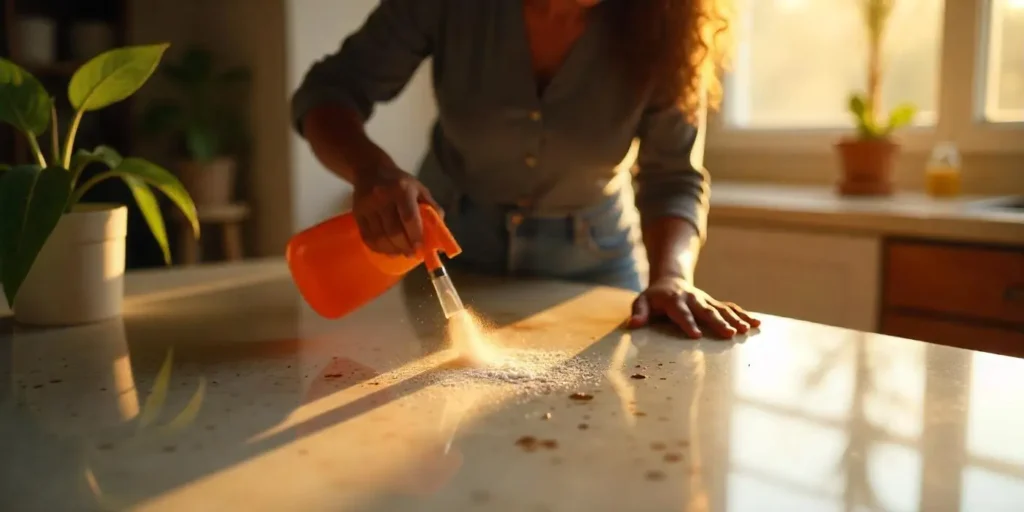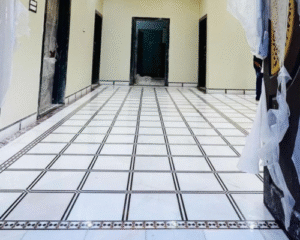How to Remove Stain from Granite Stone Safely and Effectively
How to Remove Stain from Granite Stone is a common concern for homeowners who want to preserve the beauty and durability of their countertops or flooring. Granite, known for its elegance and resilience, can lose its charm when marred by unsightly stains. Whether it’s from spilled wine, water rings, or greasy cooking oils, these marks can detract from the natural beauty of the stone. Proper care and timely stain removal are essential to maintaining granite’s pristine appearance and longevity. Granite stains come in many forms, each presenting its unique challenges. From oil-based blemishes to stubborn food or wine stains, knowing the right method for each type is crucial. This guide focuses on effective DIY solutions for removing stains without damaging your granite and offers insights on when it’s time to seek professional help. With the right approach, you can restore your granite’s natural luster and keep it looking flawless for years to come.
Understanding Granite Stone Stains
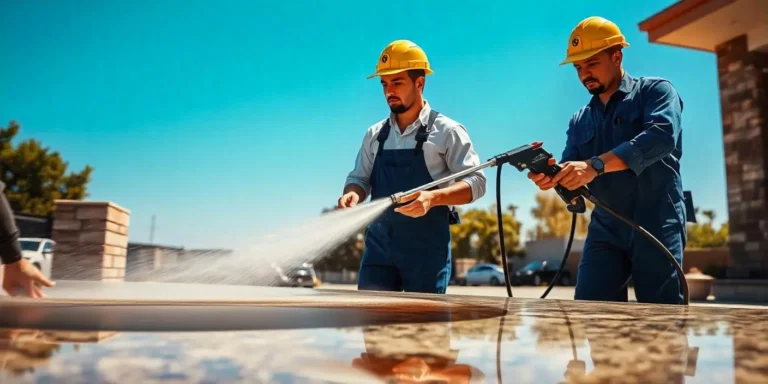
Granite is a durable and elegant natural stone, but it’s not entirely immune to damage or discoloration. To address these issues effectively, it’s important to distinguish between etches and stains. Etches are surface-level marks caused by acidic substances like vinegar or citrus, which dull the stone’s finish. Stains, on the other hand, are discolorations that seep into the porous surface of granite, resulting from oil, food, water, or wine. Understanding this difference is the first step toward proper maintenance and stain removal.
Table of Contents
ToggleIf you’re unsure what caused the stain, identifying it can save you time and effort. Water stains often appear as light spots or rings, while oil stains tend to darken the stone. Organic stains from food or wine can leave colored blotches. A simple way to test is by dabbing the stain with a clean cloth dipped in water or rubbing alcohol; if the stain changes, it provides clues about its origin. Armed with this knowledge, you can choose the best solution for how to remove stain from granite stone, ensuring effective treatment without causing further damage.
How to Remove Oil Stains from Granite Stone
Oil stains can be particularly tricky to handle as they seep into the porous surface of granite, leaving unsightly dark spots. However, with the right approach, you can restore your granite’s pristine look. Here’s a step-by-step guide:
- Clean the Surface: Start by wiping the area with a soft cloth and warm, soapy water to remove surface-level grease. Use a mild dish soap and ensure you don’t scrub too hard to avoid scratching the granite. Rinse thoroughly and pat dry with a clean towel.
- Prepare a Baking Soda Poultice: To draw out the oil, mix baking soda with water to form a thick paste. Spread the poultice generously over the stained area, covering it completely. For deeper stains, you can add a few drops of dish soap to the mixture for extra grease-fighting power.
- Cover and Wait: Place plastic wrap over the poultice and secure the edges with tape to prevent drying too quickly. Let it sit for 24-48 hours, allowing the baking soda to absorb the oil. Once dry, gently scrape off the paste with a plastic spatula and wipe the area clean with warm water.
By following these steps, you can effectively tackle oil stains and keep your granite looking flawless. Remember, consistency in care is essential when learning how to remove stain from granite stone. Proper maintenance, starting from the granite installation process, ensures your surfaces remain beautiful for years to come, so always clean up spills promptly to prevent future stains.
How to Remove Food Stains from Granite Stone
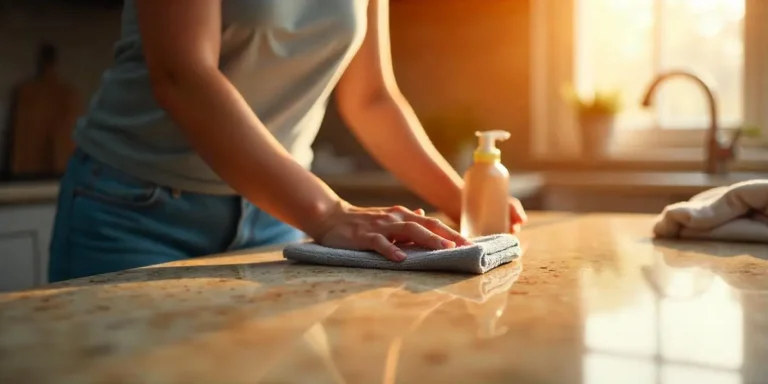
Food stains are a common issue for granite surfaces, often caused by spills from coffee, sauces, or greasy foods. While these stains can be stubborn, using the right cleaning techniques can restore your granite’s natural beauty. Here’s how to remove food stains effectively:
- Start with a pH-Neutral Stone Cleaner: Spray the stained area with a pH-neutral stone cleaner, which is specifically designed for granite and won’t harm its surface. Gently scrub the area with a soft cloth or sponge in circular motions to lift the stain. Avoid harsh chemicals or acidic cleaners, as they can damage the stone’s seal.
- Tackle Grease and Residues: For greasy stains, mix a few drops of mild dish soap with warm water. Apply the soapy solution to the stain and let it sit for 5-10 minutes. Then, wipe it clean with a damp cloth. This method works well for oil-based food residues like butter or cooking oils.
- Remove Deep Stains Like Coffee: For stubborn stains such as coffee or wine, create a paste with baking soda and water. Apply it to the stained area and cover it with plastic wrap, securing the edges. Allow it to sit for 24 hours, then wipe it off with a damp cloth. Repeat the process if needed for deeper discoloration.
By following these steps, you can handle most food stains and keep your granite looking polished and elegant. Whether it’s a fresh spill or an old mark, knowing how to remove stain from granite stone ensures your countertops remain a stunning focal point in your home.
How to Remove Water Stains from Granite Stone
Water stains on granite are often caused by hard water deposits that leave unsightly white spots or rings on the surface. These marks can dull the shine of your granite, but with proper cleaning techniques, they can be removed effectively. Here’s how to tackle water stains step by step:
- Identify the Stain and Wipe the Area: Begin by identifying the affected area and wiping it with a soft, damp cloth to remove any loose dirt or debris. This ensures you’re working directly on the water stain and not on surface dust.
- Buff with a Microfiber Cloth: Using a dry microfiber cloth, gently buff the water stain in a circular motion. For light water spots, this technique may be enough to lift the deposit without additional cleaners. The microfiber material helps polish the surface without causing scratches.
- Use a Granite-Safe Cleaner for Tough Stains: If the stain persists, apply a pH-neutral granite cleaner to the area. Spray the cleaner onto the stain and allow it to sit for a few minutes. Then, use a clean microfiber cloth to buff the area again, ensuring the hard water deposits are removed completely.
With consistent maintenance and quick action, water stains can be easily managed. Understanding how to remove stain from granite stone is key to preserving its beauty and shine, so make sure to clean and seal your granite regularly to prevent future water spots.
How to Remove Wine Stains from Granite Stone

Wine stains on granite can be particularly troublesome, as the deep red pigments can seep into the stone’s porous surface. Thankfully, with the right approach, these organic stains can be removed without causing damage. Follow these steps to effectively tackle wine stains:
- Apply a Hydrogen Peroxide-Based Cleaner: Start by applying a hydrogen peroxide-based cleaner specifically designed for granite. Hydrogen peroxide works well on organic stains like wine, breaking down the pigments without harming the stone. Spray the cleaner directly onto the stain and let it sit for 5-10 minutes.
- Gently Clean the Area: After letting the cleaner work its magic, use a soft cloth or sponge to gently wipe away the stain. Avoid using abrasive pads or brushes, as they can scratch the granite’s surface. If the stain persists, repeat the process or create a poultice with hydrogen peroxide and baking soda for deeper cleaning.
- Take Precautions to Protect the Finish: While hydrogen peroxide is effective, overusing it can dull the stone’s seal. After removing the stain, rinse the area thoroughly with water and dry it with a microfiber cloth. To restore the granite’s shine, consider applying a granite-safe sealant to protect it from future spills.
By following these steps, you can effectively remove wine stains and maintain your granite’s pristine appearance. Knowing how to remove stain from granite stone with care ensures your surfaces remain flawless and protected for years to come.
How to Remove Stubborn Stains from Granite Stone
Stubborn stains on granite stone can be frustrating, as they often resist basic cleaning methods. These deeply embedded stains require a combination of techniques to lift them without damaging the surface. Here’s how to handle them step by step:
- Use a Poultice for Deep Stains: Create a poultice using baking soda and water for oil-based stains, or baking soda and hydrogen peroxide for organic stains. Spread the paste over the stain, then cover it with plastic wrap and tape the edges to seal it. Let the poultice sit for 24-48 hours to draw out the stain. Once dry, scrape off the paste gently with a plastic spatula and clean the area with warm water.
- Try a Commercial Granite Cleaner: For stains that the poultice doesn’t completely remove, use a high-quality granite cleaner designed for stubborn stains. Follow the instructions on the product, applying it to the stain and scrubbing gently with a soft cloth or sponge. This method works well for tough stains like ink, paint, or grease.
- Repeat and Seal: If the stain persists, repeat the process until it’s completely removed. After successfully cleaning, apply a granite-safe sealant to protect the surface from future staining. Regular sealing ensures the granite remains less porous and easier to maintain.
Knowing how to remove stain from granite stone is crucial for maintaining its elegance and durability. With patience and the right techniques, even the most stubborn stains can be lifted, leaving your granite looking as good as new.
How to Remove Stain from Granite Stone with Baking Soda
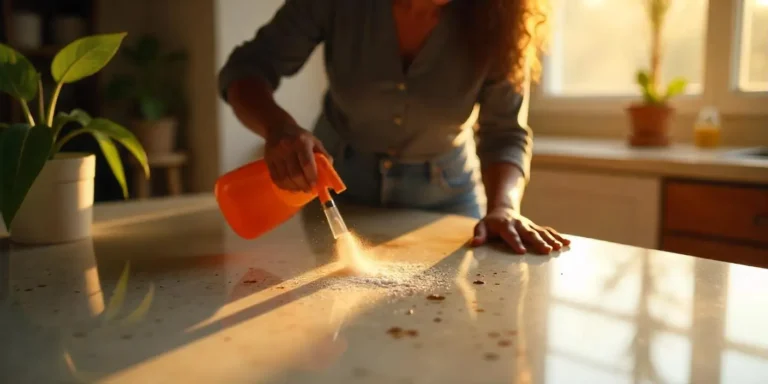
Baking soda is a powerful, natural solution for removing stains from granite, particularly oil-based and organic stains. Its absorbent properties make it an effective tool for lifting stubborn stains without damaging the stone. Here’s how to use it properly:
Preparing a Baking Soda Poultice for Oil and Organic Stains
To start, you’ll need to create a poultice with baking soda and a liquid solution. For oil-based stains, mix baking soda with water to form a thick paste. For organic stains like coffee, wine, or food, mix baking soda with hydrogen peroxide for added strength. The consistency should be thick enough to stay in place on the stain without dripping.
Application, Drying, and Cleaning Process
- Apply the Poultice: Spread the prepared paste directly onto the stained area, ensuring it completely covers the stain. Make sure to apply it generously, as the poultice needs to sit on the stain to draw it out.
- Let It Dry: Cover the poultice with plastic wrap and tape down the edges to prevent it from drying too quickly. Let the paste sit for 24-48 hours, allowing it to absorb the stain. During this time, the baking soda will lift the stain from the stone.
- Clean and Rinse: Once the poultice has dried, gently scrape it off using a plastic spatula. Wipe the area clean with a damp cloth to remove any remaining residue. If the stain persists, you can repeat the process until the granite is clear of the stain.
By learning how to remove stain from granite stone with baking soda, you can effectively treat a variety of stains while preserving the beauty and integrity of your granite surfaces. This simple yet effective method is a great way to maintain your stone’s shine without harsh chemicals.
When to Call a Professional
While DIY methods for stain removal can be highly effective, there are times when it’s best to leave the job to the experts. If your granite surfaces have persistent stains that don’t respond to at-home treatments, it may be time to call a professional. Here’s when to consider professional help:
Stains That Don’t Respond to DIY Methods
If stains continue to linger despite your best efforts with poultices, cleaners, or buffing, it’s a sign that the stain has penetrated deeply into the granite. These stubborn stains require specialized tools and techniques to effectively remove them without causing further damage. Our professionals have access to advanced stain-removal products that can address even the toughest blemishes.
Handling Etches and Surface Damage
Etches or surface damage caused by acidic substances like vinegar or citrus can be more challenging to fix. Unlike stains, etches affect the stone’s finish, and buffing them out often requires polishing and refinishing, which can be difficult to do on your own. Professional technicians can restore the surface to its original shine, ensuring your granite is flawless once again.
Benefits of Professional Cleaning and Sealing Services
A professional service does more than just remove stains it can also offer cleaning and sealing, which provides long-term protection. Sealing your granite countertops or floors helps prevent future stains and reduces the amount of maintenance required. Our experts at SF Marble & Granite ensure that your granite is not only clean but also well-protected for years to come.
When you’re unsure how to remove stain from granite stone, don’t hesitate to reach out to the professionals at SF Marble & Granite. Our team is ready to tackle tough stains, etching, and any other granite concerns you might have, providing top-notch results that keep your surfaces looking beautiful.
Preventing Future Stains
While knowing how to remove stain from granite stone is essential for dealing with existing stains, preventing future stains is equally important. Regular maintenance and protective measures can help you keep your granite looking pristine and stain-free for years to come. Here are some effective tips for safeguarding your granite surfaces:
Importance of Sealing Granite Regularly
One of the most crucial steps in preventing stains is ensuring that your granite countertops or floors are sealed properly. Granite is a porous material, and without a sealant, liquids can seep into the stone, leading to discoloration and staining. It’s important to reapply a high-quality granite sealant every 6-12 months, depending on usage and exposure to moisture. Sealing creates a protective barrier that prevents substances from absorbing into the surface, keeping your granite looking beautiful and intact.
Tips for Daily Maintenance and Immediate Cleanup
Daily maintenance is key to preserving the appearance of your granite. Always wipe down your granite surfaces with a soft cloth and a pH-neutral cleaner to avoid any buildup of dirt or grime. If spills occur, clean them up immediately to prevent staining. Water and food stains, if left unattended, can be harder to remove over time. For more tips on maintaining your surfaces or if you need granite repair, addressing issues early can help prolong the life of your stone. A quick response to spills is one of the best habits you can adopt for granite care.
Using Coasters and Placemats to Protect the Surface
To prevent stains from forming in the first place, use coasters, placemats, or trivets under glasses, cups, and hot pots. This simple habit helps shield your granite from potential spills, scratches, and heat damage. Acidic liquids like coffee, wine, or citrus can etch and stain the surface, so be especially cautious when placing these items on your granite countertops.
By following these preventive measures, you can minimize the risk of stains and keep your granite surfaces in excellent condition. With regular sealing, daily upkeep, and proper protection, your granite will remain a stunning focal point in your home for years to come.
Restore Your Granite’s Natural Beauty with Expert Stain Removal
At SF Marble & Granite Inc., we use advanced, granite-safe cleaning techniques to effectively remove stubborn stains without compromising the stone’s elegance or durability. Our professional stain removal service combines the use of pH-neutral cleaners and specialized poultice methods to restore your granite surfaces to their original luster, ensuring long-lasting beauty and protection. Contact us today to schedule your consultation and keep your granite looking flawless.
Final Thoughts
When it comes to maintaining the beauty of your granite surfaces, knowing how to remove stain from granite stone is essential for preserving its elegance. From oil stains to wine spills, using the right methods such as poultices, pH-neutral cleaners, and microfiber cloths can help keep your granite looking flawless. However, regular care, like sealing your granite and cleaning up spills immediately, plays a crucial role in preventing future stains and damage.
Granite is a durable and beautiful material, but it requires attention to maintain its shine and integrity. Act quickly when stains occur, and don’t hesitate to seek professional assistance if the stains are persistent or if you notice any surface damage. The experts at SF Marble & Granite are here to help, offering stain removal, cleaning, and sealing services to keep your granite surfaces in pristine condition.
Don’t wait until stains set in take action now to protect your granite and maintain its lasting beauty! Contact SF Marble & Granite today to schedule a consultation and let us help you preserve the elegance of your home’s granite surfaces.
FAQs
Can I use vinegar on granite to remove stains?
No, vinegar is acidic and can damage the surface of granite by etching it. Always use pH-neutral cleaners specifically designed for granite to avoid harming the stone.
How often should I seal my granite countertops?
Granite countertops should typically be sealed every 6-12 months, depending on usage and exposure to moisture. Regular sealing helps prevent stains and maintain the surface’s shine.
What should I avoid when cleaning granite stone?
Avoid using harsh chemicals like bleach, vinegar, or abrasive scrubbers, as they can damage the surface and strip away the sealant. Stick to pH-neutral cleaners and soft cloths for the best results.

